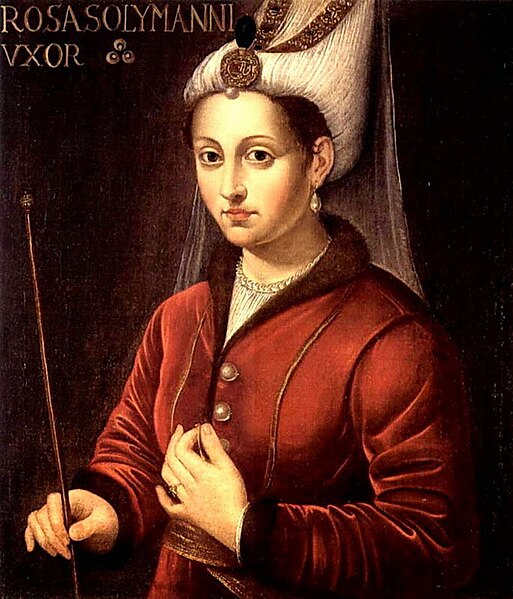History of concubinage in the Muslim world
Concubinage in the Muslim world was the practice of Muslim men entering into intimate relationships without marriage, with enslaved women, though in rare, exceptional cases, sometimes with free women. If the concubine gave birth to a child, she attained a higher status known as umm al-walad.
Harem Scene with Mothers and Daughters in Varying Costumes from Qajar Iran, late 19th or early 20th century
The Aurut Bazaar, or Slave Market, c. 1836
Women of the Harem by Jules Laurens, c. 1847
Giulio Rosati, Inspection of New Arrivals, 1858–1917, Circassian beauties
In the Muslim world, the title of umm al-walad was given to a slave-concubine who had given birth to her master's child. These women were regarded as property and could be sold by their owners, a practice that received an endorsement from Muhammad. However, later after Muhammad’s death, Umar authorized a policy during his time as a caliph, that prohibited owners from selling or gifting their umm al-walads, and upon their owners deaths, they would be granted freedom. Ali, Muhammad's cousin and son-in-law, initially concurred with Umar's decision. However, after Umar's death and the death of Uthman, who maintained the policy, Ali reversed it in the later period of his caliphate, declaring that umm al-walad was still sellable despite having given birth to the owner's child.
Roxelana, a victim of the Crimean slave trade, became an umm al-walad when giving birth to a child by her enslaver, sultan Suleiman the Magnificent.





